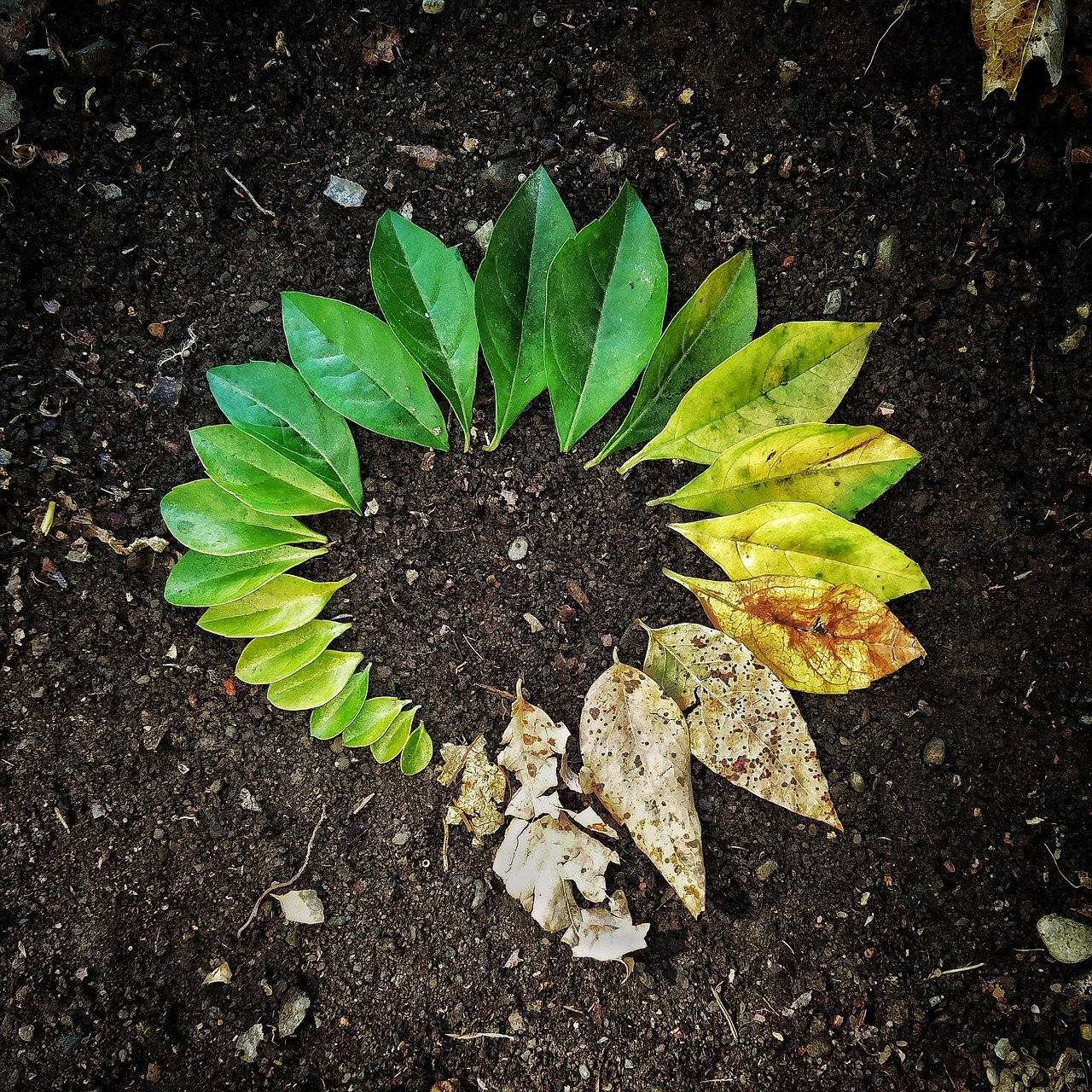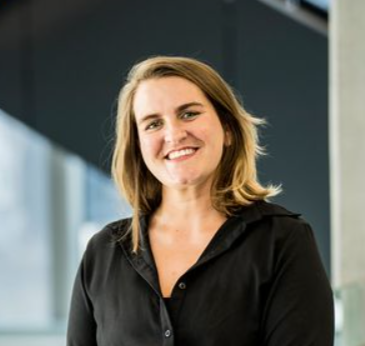
Sustainability Toolbox
Task 18 Team
-

Dr Richard Thackray
University of Sheffield
-
Dr Lucy Smith
Materials Processing Institute
-

Dr Edis Glogic
University of Sheffield
-

Grey Bell
University of Sheffield
Introduction
There is significant interest in the reuse of by-products or waste materials. Valorisation of these materials is key to supporting a circular economy, and are clearly a priority of the steel industry, but many challenges regarding feasibility remain and the direct environmental benefits (or even negative effects) must be calculated to ensure that process changes improve both the bottom line and the environment, including CO2 reduction.
Task 18 is designed to achieve two goals. Firstly, sustainability assessments (environmental, economic and social) of various scenarios and strategies relating to the use and reuse of waste and by product streams in the steel industry. Secondly to deliver a licensed toolbox of resources for sustainability assessment to allow users to quantify the benefits and efficiencies of products and processes easily and accurately.
Impact goals
Completion of LCA and TEA of waste and reuse strategies will provide invaluable information about the environmental and economic feasibility of such strategies and will create alternative value streams for UK steelmakers.
The delivery of a validated toolbox that steelmakers can use for sustainability assessment of products and processes has the potential to be invaluable with respect to future policy and global sustainability investment.
It is anticipated that this work will produce a wide range of published papers, conference attendance and other dissemination opportunities, especially around outreach and public perception activities.
Progress to Date
Three case studies have been identified for further examination via LCA or related techniques. Firstly a comparison of the environmental performance of three differing technologies for removal and recovery of zinc from steelmaking by-products. Secondly a study closely linked to T16 which aims to determine whether CO2 sourced from steelmaking is environmentally and economically competitive compared to CO2 sourced directly from the air for the production of CO2 derived products. Thirdly work connected to T15 looking at the environmental comparison of carbon capture processes and fuel production processes. Discussions have also taken place about how to incorporate life cycle thinking into the work on semantic technologies for steelmaking in T20.
Finally discussions about what format the platform of resources will look like are ongoing. Options include combining LCA with process engineering tools or combining LCA with other indicators

